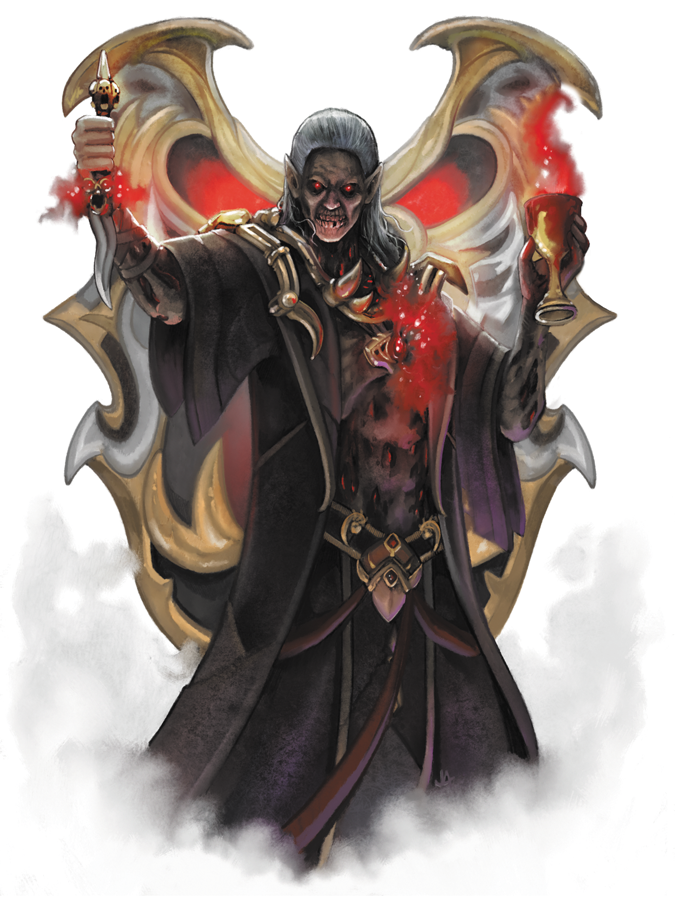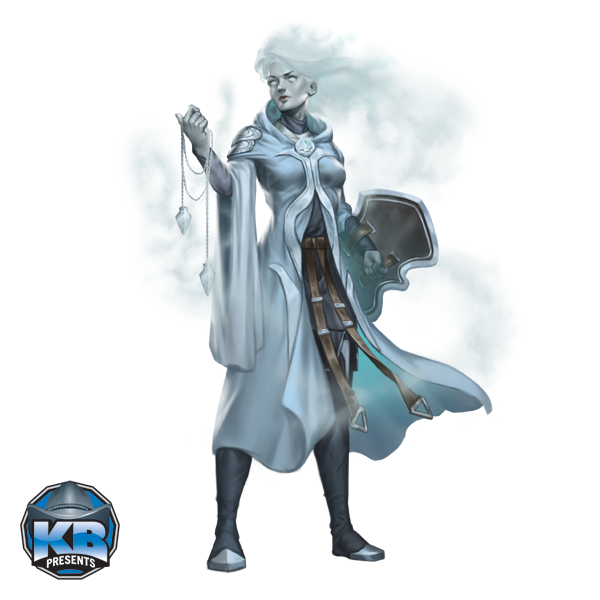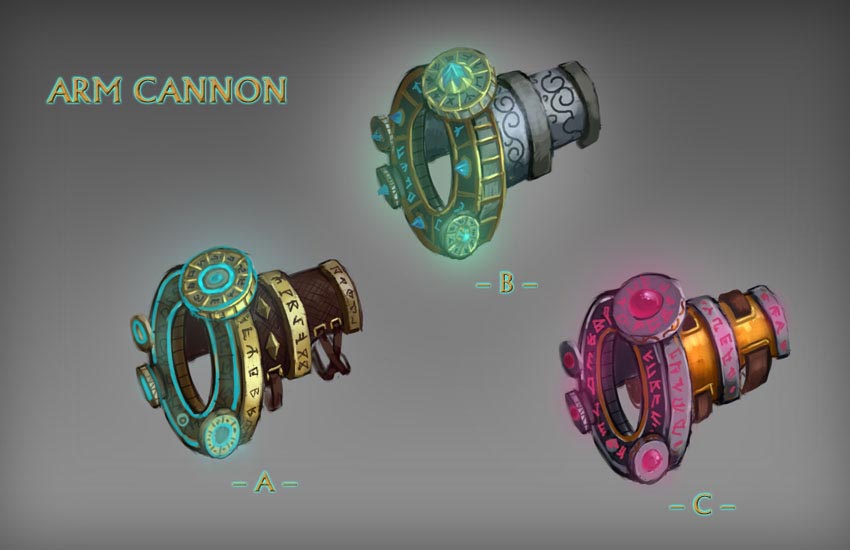
As time permits, I like to answer questions posed by my Patreon supporters. Here’s a few questions that came up last month and didn’t make it into previous articles.
Currently, the Keeper of the Flame with the longest historical reign was Saren Rellek, who lead the church for 88 years. Would you say this is because they were a non-human Keeper? Is the tiefling sanctuary of Rellekor named after them?
Yes, on both counts. While it is tempting to suggest that Rellek was a tiefling, if there was a tiefling Keeper in power for nearly a century, I feel that tieflings would have a better reputation than they do. In my Eberron, Saren was a Khoravar. Half-elves make up a tenth of the population of Thrane, so it’s not a shocking shift; nonetheless, it may be due to their Khoravar heritage that they were especially concerned with oppressed minorities and helped establish the tiefling sanctuary that bears their name.
What are one or two examples of a major Chamber dragon operation currently operating in Sharn? The 3.5 Sharn: City of Towers book is very sparse on the Chamber.
The general idea of both the Chamber and the Lords of Dust is that they typically work through pawns—that any operation could be tied to the Chamber. Adventurers aren’t expected to run into a force they would recognize as the Chamber at 4th level. But they could get involved with the Boromar Clan / Daask conflict, and at a late stage discover that one of Saiden Boromar’s chief advisors is actually a shapechanged dragon. In the novella “Principles of Fire”, there’s a Chamber dragon on board the Lyrandar patriarch’s airship. What are they DOING? Likely, observing, and perhaps subtly pushing the patriarch in a particular direction. Essentially, my common approach with the Chamber isn’t that you run into a bunch of “Chamber goons” on a Chamber mission—it’s about running into people following what seems to be an entirely personal agenda (Boromar-Daask Gang War) and then discovering that it’s tied to the Chamber, because the Chamber has a Prophetic interest in a particular outcome of the war. This ties to the fact that the Chamber isn’t interested in wealth or power for their own sake; what they care about is ensuring that specific Prophetic events come to pass, which means that they can be working with ANY organization if it makes your story more interesting. A Chamber agent could be supporting the Daask/Boromar war. They could be posing as a member of the Aurum. They could be staging a terrorist attack on the Tain Gala this month and making sure the adventurers are in a position to stop an attack at the Gala the following month. The key for the adventurers is reaching a point where they have enough information to understand their motives—the Prophetic paths they are working to fulfill.
I’m running the Savage Tide adventure path, and what I’m most curious about are the obyriths. Obox-ob, Dagon, Pazuzu, Pale Night, etc. – how would you fit them into Eberron?
There’s a few ways you could go about it, depending which aspects of the STORY of the Obyriths are most important to you.
- The simplest option would be to introduce the obyriths as the lords of shadow demiplanes, as described in this article. The main question would be what is drawing their attention to Eberron, as shadow fiends usually don’t and can’t leave their demiplanes. With that said, this is a fairly generic approach that doesn’t especially capture any of the existing lore that defines the obyriths and doesn’t give them a strong motive
- Obyriths are described as being exceptionally ALIEN; their appearance alone could drive mortals insane. Both of these suggest that they are creatures from Xoriat. The daelkyr aren’t the only powerful entities from Xoriat. Perhaps the obyriths came to Wberron from Xoriat in the Age of Demons and fought with the overlords, and were imprisoned by the overlords long ago.
- A third option—and the one I’d personally use—would be to combine these. Exploring Eberron presents the idea that the current incarnation of reality may not be the first one… that the meddling of the daelkyr can lead to a full reseting of reality. Exploring suggests that the Gith may be refugees from a previous incarnation of Eberron. An exotic option for the obyriths would be to say that they are fiends from a previous iteration of Khyber… That somehow they escaped into Xoriat and ultimately came to the current incarnation of reality, most likely finding shelter in a shadow demiplane. This preserves the idea that they are ALIEN—fiends from another version of reality, further altered by their time in Xoriat—and that they are ANCIENT, as they literally predate reality itself. It also means that their agenda is entirely separate from that of the overlords and the Prophecy itself. Is their goal to overthrow and replace the overlords? Is that even possible? Or are they just bitterly trying to survive? A side note is that since they don’t belong in this reality they wouldn’t have heart demiplanes, and while they are physically immortal, if they are destroyed they won’t return—which gives them a clear motive for laying low despite their vast power.
Were ancient Dhakaani really ruthless? Take torture and Grieving tree for example, how many of them were constructed? Were they seen as a horrible invention or as a useful and necessary tool? How are they seen by modern Kech Volaar, will they want to use/preserve or destroy them?
The Dhakaani were and are quite ruthless. Consider this section of Exploring Eberron:
The Dhakaani idea of ‘honor in victory’ is quite different from that of Dol Arrah and the people of the Five Nations. The Dhakaani prize victory and efficiency, both on and off the battlefield. Atcha comes from standing your ground against seemingly impossible odds and from displaying skill and discipline. There is honor in using cunning to defeat a superior foe, so guerilla warfare, ambushing a foe, and even assassination are acceptable tactics, if this is what muut requires. Dar must be ready to die for the empire—but when possible, it’s always better to kill for the empire.
What you call ruthless, Dhakaani might call efficient. A second note from Exploring Eberron:
The Dhakaani don’t practice slavery—but not because of compassion. Rather, they consider it inefficient to try to force their values and traditions on creatures who have no concept of muut and who don’t share the Uul Dhakaan. Thus, Dhakaani tradition has always been to drive enemies out of their territories, or if such exile is impossible, to kill them.
The Kech Volaar are the most flexible of the Keepers. Exploring Eberron notes:
Perhaps because of this, the Kech Volaar are also the most conciliatory of the Keeper clans. They are the most willing to interact with the gath’dar, both because they recognize the need to understand these possible enemies, and in the hopes that some form of coexistence may be possible. Like the Kech Uul, Volaar leader Tuura Dhakaan wonders if the Uul Dhakaan can expand to incorporate other creatures—if the empire can unite gath’dar as it does the dar. Despite these hopes, the Kech Volaar are devoted to the dar above all else. They are the Keepers of History, and they know the sacrifices their ancestors had to make and the bitter wars against the chaat’or and the taarn (elves). They are wise and willing to seek all paths to prosperity, but will never surrender the dream of the eternal empire.
Ultimately, the point is that the Dhakaani have no use for petty cruelty. They value EFFICIENCY above all. The Grieving Trees were a creation of a specific (albeit legendary) daashor and aren’t commonplace, but the point of the trees was to serve as a SYMBOL and as a warning. As to whether the Volaar would embrace them, I think it’s a simple calculus as to whether they feel use of the trees would strength their position among the Dar—using them is an assertion of power, as they were originally the tools of the Marhu—or whether they would horrify the chaat’oor and the gath’dar and interfere with their future plans.
The Dhakaani are a very alien culture, shaped by the Uul Dhakaan and thousands of years of martial discipline. They don’t see the world in the same way as humans of the Five Nations, and yes, their behavior will generally come across as ruthless; but ultimately, the best way to describe it is inhuman.
That’s all for now! Thanks to my Patreon supporters for making these articles possible!



